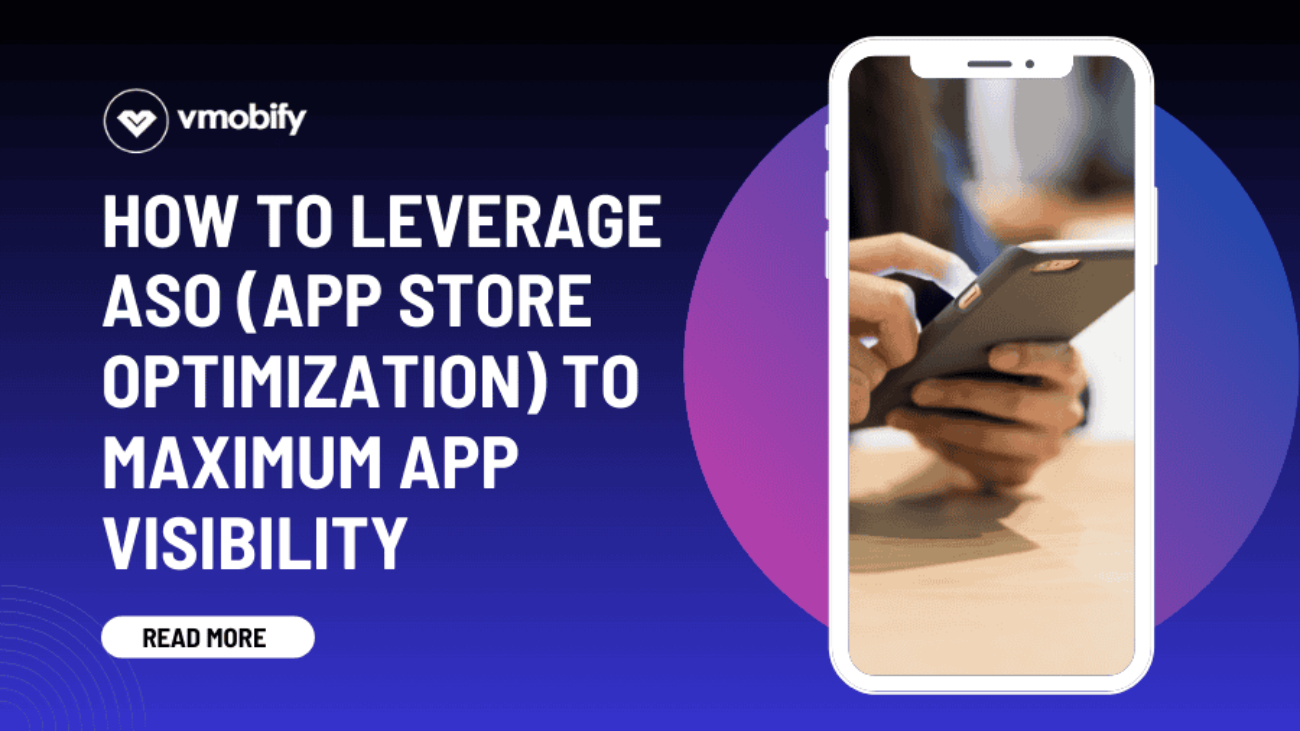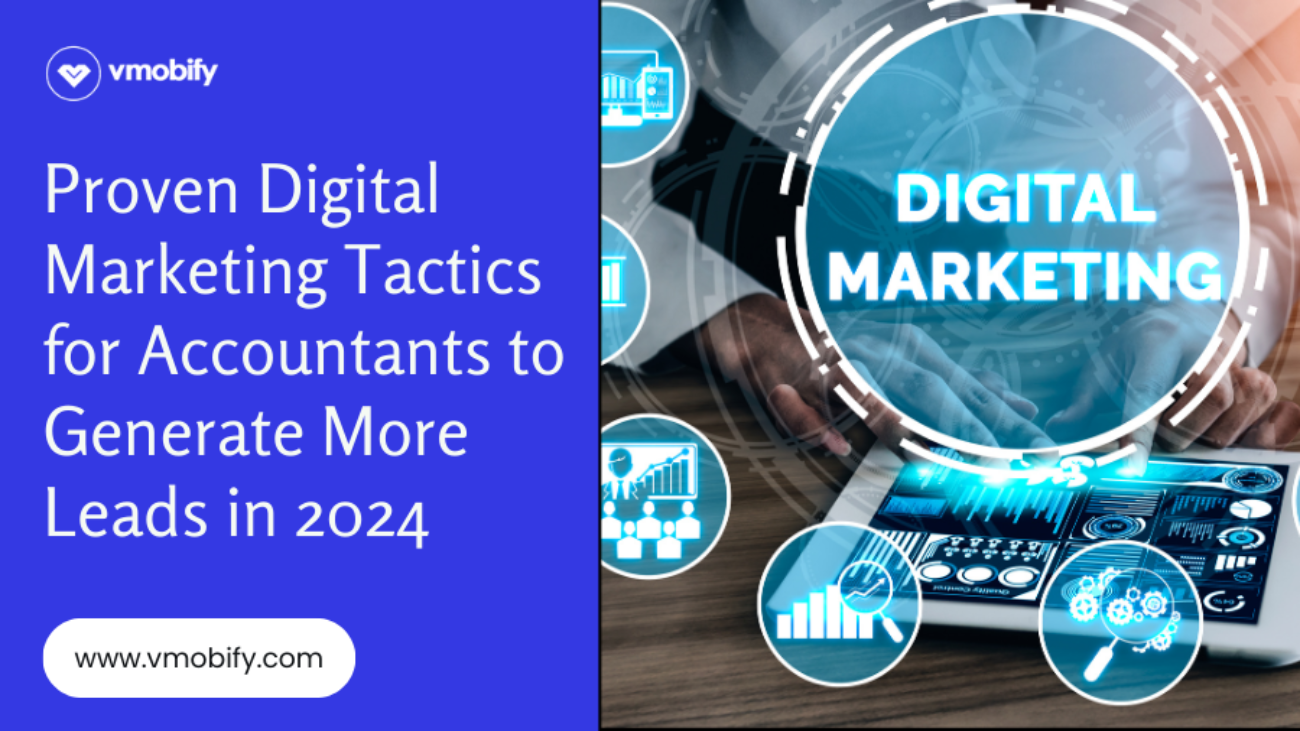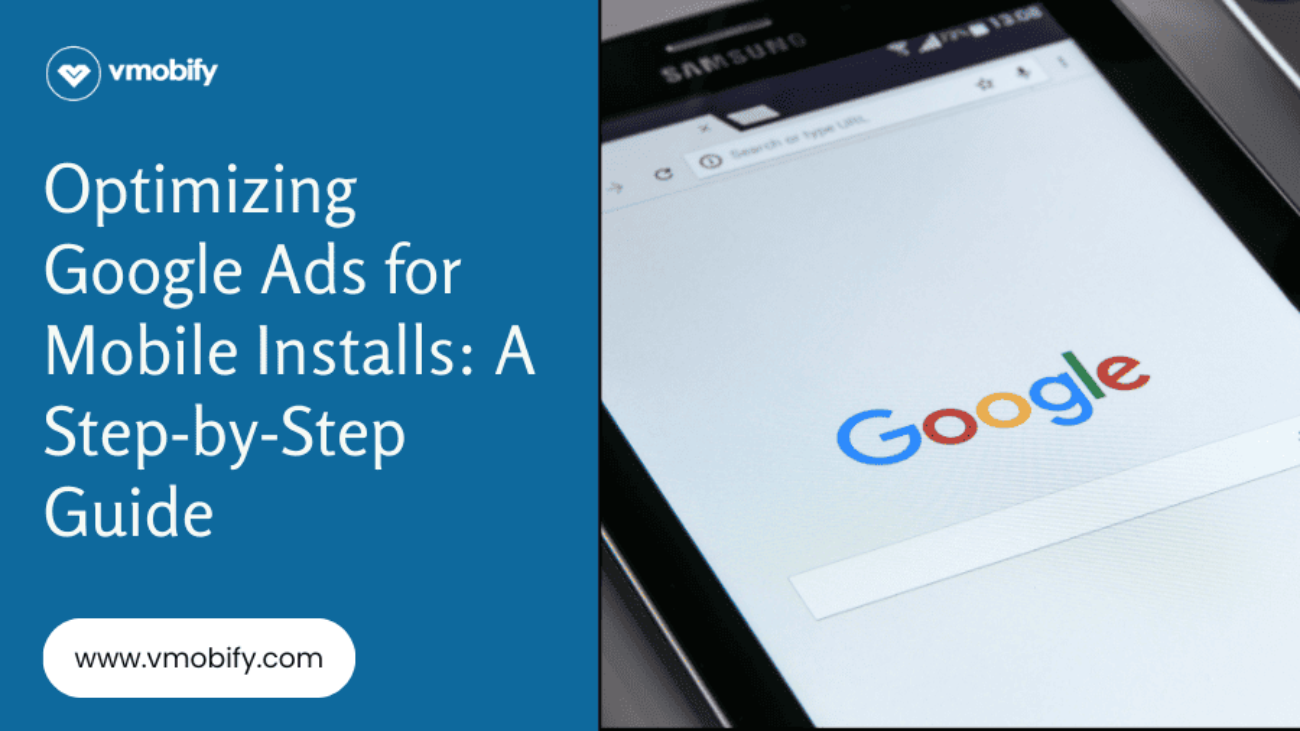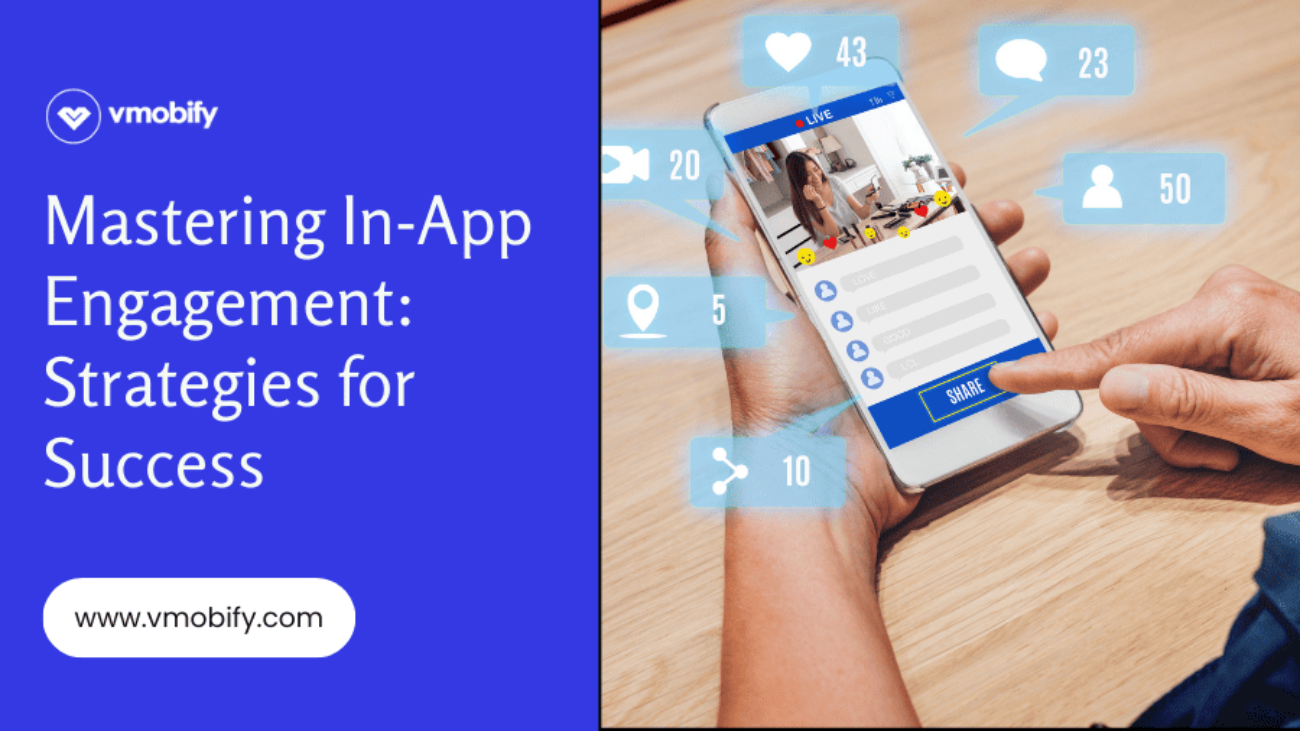With millions of apps competing for attention in app stores, ensuring your app stands out is more crucial than ever. This is where App Store Optimization (ASO) comes into play. Similar to how SEO works for websites, ASO focuses on enhancing your app’s visibility in app stores, which directly influences its download rate and overall success. In this guide, we’ll walk you through the comprehensive strategies and best practices for optimizing your app store listings to maximize visibility and drive downloads.
Introduction
What is ASO?
App Store Optimization (ASO) is the process of improving the visibility of a mobile app in an app store (such as the Apple App Store or Google Play Store) through organic means. This involves optimizing various elements of the app listing to rank higher in search results and attract more users. While ASO shares similarities with SEO, it also has distinct differences tailored to app store environments.
Why ASO is Critical for Your App’s Success
- Visibility: Higher app store rankings lead to increased visibility, making it easier for potential users to find your app.
- Downloads: Improved visibility translates to higher download rates, driving the growth of your app’s user base.
- Reputation: A well-optimized app listing also enhances credibility and trust, encouraging more users to choose your app over competitors.
Understanding the Components of ASO
On-Metadata Factors
These are the elements within your app listing that you have direct control over and can optimize for better performance.
App Title and Subtitle
- Keywords: Include relevant keywords in the app title and subtitle to improve search rankings. Ensure they are naturally integrated and not forced.
- Compelling and Descriptive: Your app title should clearly convey the app’s main function or value proposition. The subtitle can provide additional details to attract users.
Keywords Field (for iOS)
- Keyword Selection: Conduct thorough research to identify high-traffic and low-competition keywords that are relevant to your app.
- Optimization: Use tools like Sensor Tower or App Annie to find the best keywords and update them regularly to stay competitive.
App Description
- Engaging Content: Write a clear and concise description that highlights your app’s features, benefits, and unique selling points.
- Keywords and CTAs: Integrate keywords naturally and include strong calls-to-action (e.g., “Download now to experience…”) to encourage downloads.
App Icon
- Design Tips: Your app icon should be eye-catching and reflect your brand’s identity. Simplicity and clarity are key.
- A/B Testing: Test different icon designs to see which one performs best in attracting users.
Screenshots and Videos
- Effective Screenshots: Choose screenshots that showcase the most important features and user interface of your app. Use captions to highlight key benefits.
- App Preview Videos: Create engaging preview videos that provide a quick tour of your app’s functionality. These can significantly boost conversion rates.
App Category and Tags
- Correct Categorization: Select the category that best fits your app’s function. Accurate categorization improves discoverability and relevance.
- Additional Tags: Utilize tags to further describe your app’s features and improve search results.
Off-Metadata Factors
These are influenced by user behavior and external signals, impacting your app’s performance in app store rankings.
User Ratings and Reviews
- Encouraging Positive Feedback: Prompt satisfied users to leave positive reviews. Use in-app messages or incentives to boost review rates.
- Managing Negative Feedback: Respond to negative reviews constructively and address the issues raised. This helps in maintaining a good reputation.
Download Volume and Velocity
- Boosting Downloads: Implement strategies such as pre-launch campaigns, partnerships, and promotions to increase download rates.
- Maintaining Momentum: Encourage continuous downloads through updates, seasonal promotions, and engaging content.
User Engagement and Retention
- Engagement Metrics: Focus on keeping users active with features that encourage regular use. Monitor metrics like session length and frequency.
- Retention Strategies: Use push notifications, in-app messages, and personalized experiences to retain users and reduce churn rates.
Optimizing for Different App Stores
Apple App Store
- ASO Guidelines for iOS: Understand the unique elements of the Apple App Store, such as the importance of the keyword field, and optimize accordingly.
- Ranking Algorithm: The Apple App Store algorithm places significant weight on user engagement and reviews. Focus on these areas to improve rankings.
Google Play Store
- Best Practices for Google Play: Optimize your app’s long description with keywords, and take advantage of the short description for key messages.
- Install History Impact: Google Play considers the install history and velocity in its rankings. Sustained download growth is critical for maintaining high rankings.
Advanced ASO Strategies
A/B Testing for Continuous Improvement
- Conducting A/B Tests: Regularly test different elements of your app listing, such as titles, icons, and descriptions, to find the most effective versions.
- Interpreting Results: Analyze A/B test data to make informed decisions about what changes to implement.
Localized ASO
- Importance of Localization: Tailor your app listings for different markets by translating and adapting content to resonate with local audiences.
- Steps for Localization: Translate keywords, descriptions, and visuals, and consider cultural nuances in your app’s presentation.
Leveraging External Traffic
- Driving External Traffic: Use your website, social media, and influencer marketing to direct external traffic to your app store listing.
- Impact on Rankings: External traffic can boost your app’s visibility and improve app store rankings through increased download volumes.
Tools and Resources for ASO
ASO Tools and Platforms
- Overview of Popular ASO Tools: Utilize tools like Sensor Tower, App Annie, and ASOdesk for keyword research, competitor analysis, and performance tracking.
- Usage Tips: Learn how to effectively use these tools to enhance your ASO strategy and stay ahead of competitors.
Educational Resources
- Recommended Blogs and Courses: Follow blogs like App Tweak and take courses on platforms like Udemy to keep up with the latest ASO trends and techniques.
- Communities and Forums: Join ASO forums and online communities to share insights and get advice from other app marketers.
Measuring and Analyzing ASO Performance
Key Metrics to Track
- Essential KPIs: Focus on metrics such as search rankings, conversion rates, and user engagement to gauge your ASO performance.
- Tracking Tools: Use analytics tools like Google Analytics for Firebase and app store analytics to monitor these KPIs.
Iterative Optimization
- Ongoing Analysis: Regularly review your app’s performance data to identify areas for improvement.
- Setting Up Review Processes: Establish a routine process for evaluating and updating your ASO strategy to ensure continued success.
Conclusion
Recap of Key Points
- ASO Essentials: Optimizing both on-metadata and off-metadata factors is crucial for improving your app’s visibility and download rates.
- Continuous Improvement: Regularly test, analyze, and update your ASO strategy to stay competitive and maximize your app’s potential.
Call to Action
- Implement ASO Strategies: Start applying these ASO techniques to your app listings today.
- Engage with the Community: Share your experiences and join discussions with other app marketers to learn and grow.
By leveraging these ASO strategies, you can significantly enhance your app’s visibility in the app stores, leading to more downloads and greater success. Remember, ASO is an ongoing process—continually refine and adapt your approach to keep your app thriving in a competitive marketplace.
About Vmobify:
Vmobify Solutions is a leading digital transformation company that specializes in delivering innovative mobile app marketing services. Leveraging their deep expertise in App Store Optimization (ASO), Vmobify Solutions helps businesses maximize their app’s visibility and drive user engagement. By implementing advanced ASO strategies, such as keyword optimization, effective use of app store metadata, and localized app marketing approaches, they ensure your app stands out in a crowded marketplace. Whether you’re launching a new app or looking to boost an existing one, Vmobify Solutions provides the tools and insights needed to achieve sustainable growth and success in the competitive app store landscape.





